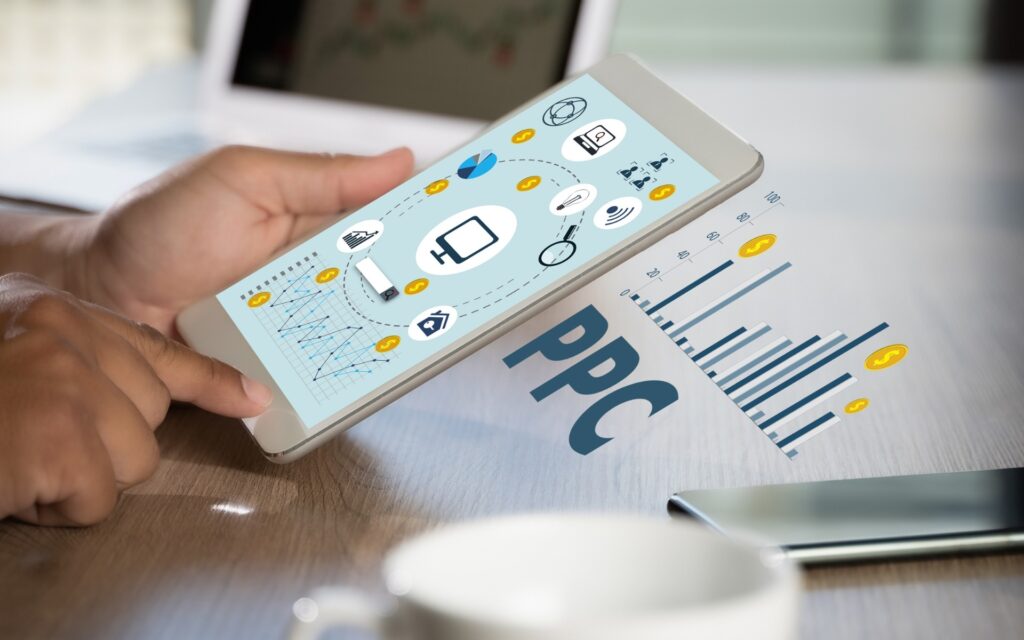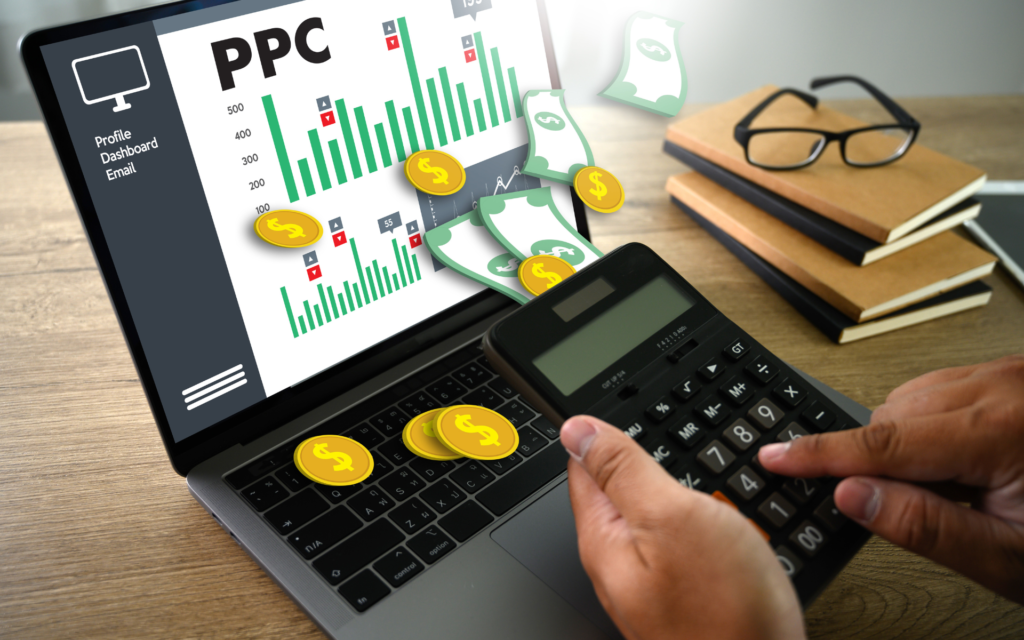4 Proven Ways to Improve Your PPC Campaign Performance

The value of time is in the money. What are the most important factors to consider when trying to increase the performance of a PPC account and see quick results?
When we begin working on a PPC account or campaign, it usually comes with a history.
It doesn’t matter if we have been given it or were requested to conduct an audit. The goal is the same: to look at it with fresh eyes, using our experience and knowledge.
To fix problems and improve performance, it is important to understand how complicated this is.
In this article, we’ll discuss seven areas that you can optimise to increase PPC performance. Even a campaign you’ve been working on for a while could be benefited by a careful examination of these possibilities.

4 Key Domains to Consider for Improving the Performance of Your PPC Campaign
- Performance by location.
- Performance of the device.
- Performance by Network (Search vs. Search Partners vs. Display)
- Audience Performance.
1.Performance by location
The easiest way to group your performances by the people who will see them is to look at the places where your current and potential customers are.
It is likely that you will see patterns that are specific to different states or regions. You may also see postal codes.
This is evident when we look at the fact that demographics are completely different from one location to another.
For instance, people from the suburbs of the wealthy may have higher transaction values or LTVs (lifetime values), which could justify increasing the sum that we are willing to spend in order to get these buyers (CPA).
The stark differences in performance between locations could suggest splitting the ads and making them more structured to ensure that ads and text are aligned and adjusted to suit the specific location.
2.Performance via the device
It’s a fact. Despite the ever-growing convergence of experiences across different technology platforms, user behaviour remains (more frequently than not) significantly different.
It’s not only a matter of screen size or resolution; it’s also about contextual factors and the reasons behind why we are using devices (i.e., mobile) rather than an alternative (i.e., desktop).
Knowing who our customers and users are and how they interact with them can make it unlikely to come as a shock when one device performs better than the other. The numbers don’t lie, and it’s simple to observe and adjust or decrease the weight of our offers to alter the strategy.
3.Performance by Network (Search vs. Search Partners vs. Display)
Sometimes we see PPC campaigns that target all the major networks (search, search partners, and display).
It is possible to argue for hours regarding the quality of clicks and impressions that come from our partners’ sites. However, the majority of the time, they result in a very small quantity of traffic, so in the context of a larger account, the amount spent could be a bit insignificant.
In addition, considering that it is impossible to focus on Search Partners alone, whether we turn Search Partners on or off is a different issue.
But the same is not the case for display networks. Display Network: you must always separate search and display campaigns.
To begin with, search is a pull medium for advertising, while display is an advertising medium that is a push. Display ads, even when highly specific, are an example of disruption to the user experience, and we must be aware of this in our design and marketing.
It is also likely that we’ll make use of both networks to reach prospects and customers at different phases of their journey as users, and have various strategies, metrics, and goals that are aligned with this.
4.Audience Performance
In many cases, we observe that the search engine drives a large amount of traffic that comes from existing customers who use search engines to swiftly “navigate” through a web page to log in to their accounts.
If the right steps aren’t taken, navigational clicks that come from pay-per-click (PPC) ads can be very expensive.
Make sure to add suppression lists in order to avoid (where it is possible) paying any additional charges that don’t cause further conversions.
Other potential uses for targeted advertising include segmenting the audience base based on behaviour (i.e., page visits) and/or involvement (high use of content), which is why it’s used to remarket for purposes.
Audiences are also a good tool for observation instead of targeting, like in the example above.
Because these won’t impact the effectiveness of the campaign, it is highly recommended that you include as many relevant audience members as you can.
After the data has been gathered, it will provide important insight on which audiences are the most useful and which groups are not performing. This will help you make the necessary changes to your bids and other aspects of the campaign.

